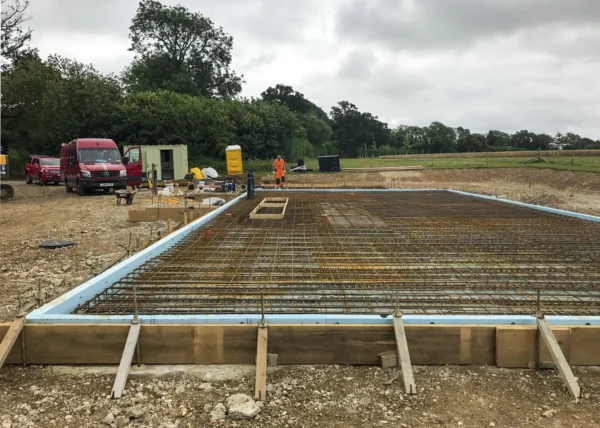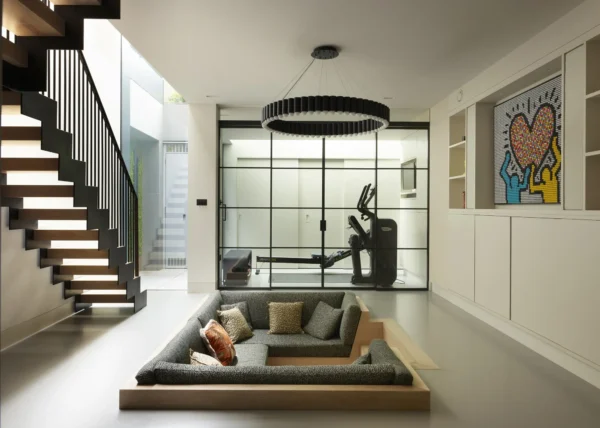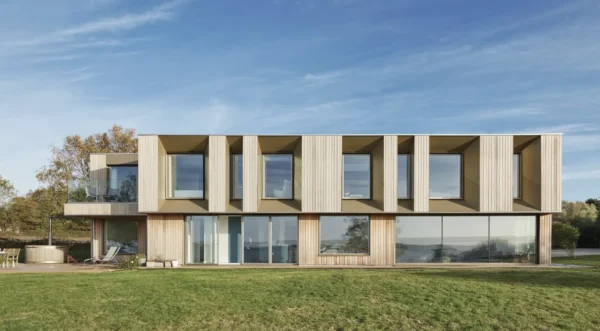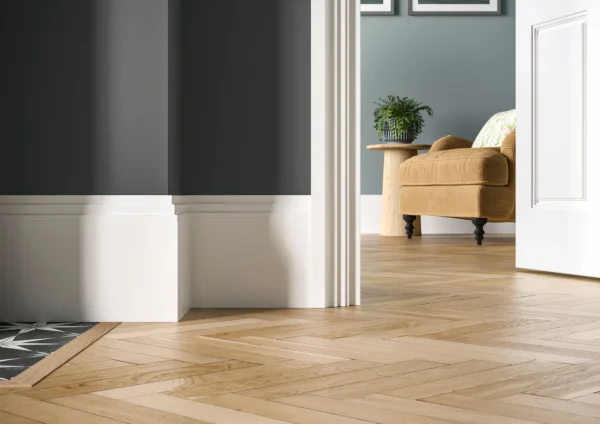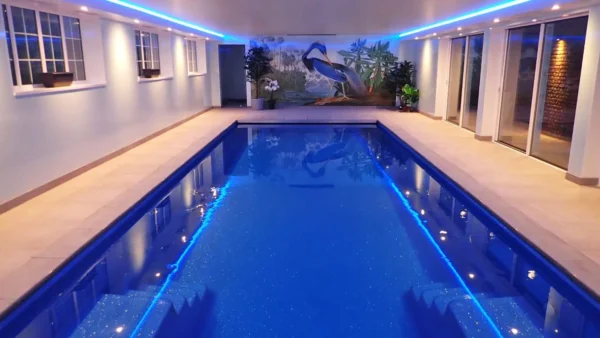Your Complete Guide to the Different Types of Flooring – Which is Best?
The different types of flooring you choose will play a big role when setting the tone for your property’s interiors, so it’s probably one of the first aspects to consider when it comes to kitting out your new home or renovation.
While aesthetics are important, there’s a raft of practical considerations to take into account, too, ranging from how hardwearing the flooring needs to be in different areas of the house, to whether it works with the underfloor heating (UFH) you’ve got your heart set on.
So, from timber flooring to carpet and stone, here we’ve laid out 10 different types of flooring with their advantages, considerations and costs.
Wood Flooring
Few materials can match the warmth and timeless appeal of wood flooring, whether you’re in the market for a rustic, knotty look or a striking, geometric chevron design.
A variety of timber species and hues are available, from the deep, chocolatey tones of walnut to the honey-coloured shades of the oak family. There’s plenty of choice when it comes to timber flooring finishes, too, whether you want natural oiled, UV oiled or lacquered – the world is your oyster. “Clients can demand a style that exactly meets their brief,” says Ian Tomlinson, managing director at Chaunceys Timber Flooring. “Colours and grades can be specifically chosen to suit a home’s interior furniture or desired feel.”
Though solid timber solutions are available, engineered products are typically the go-to option for self builders as they offer greater dimensional stability when paired with underfloor heating (UFH) thanks to their robust, multi-layered construction. That being said, it’s worth bearing in mind that wood is a natural insulator, so you may need to run your UFH at a higher temperature than you would with a stone, concrete or porcelain tiles to ensure optimal performance.
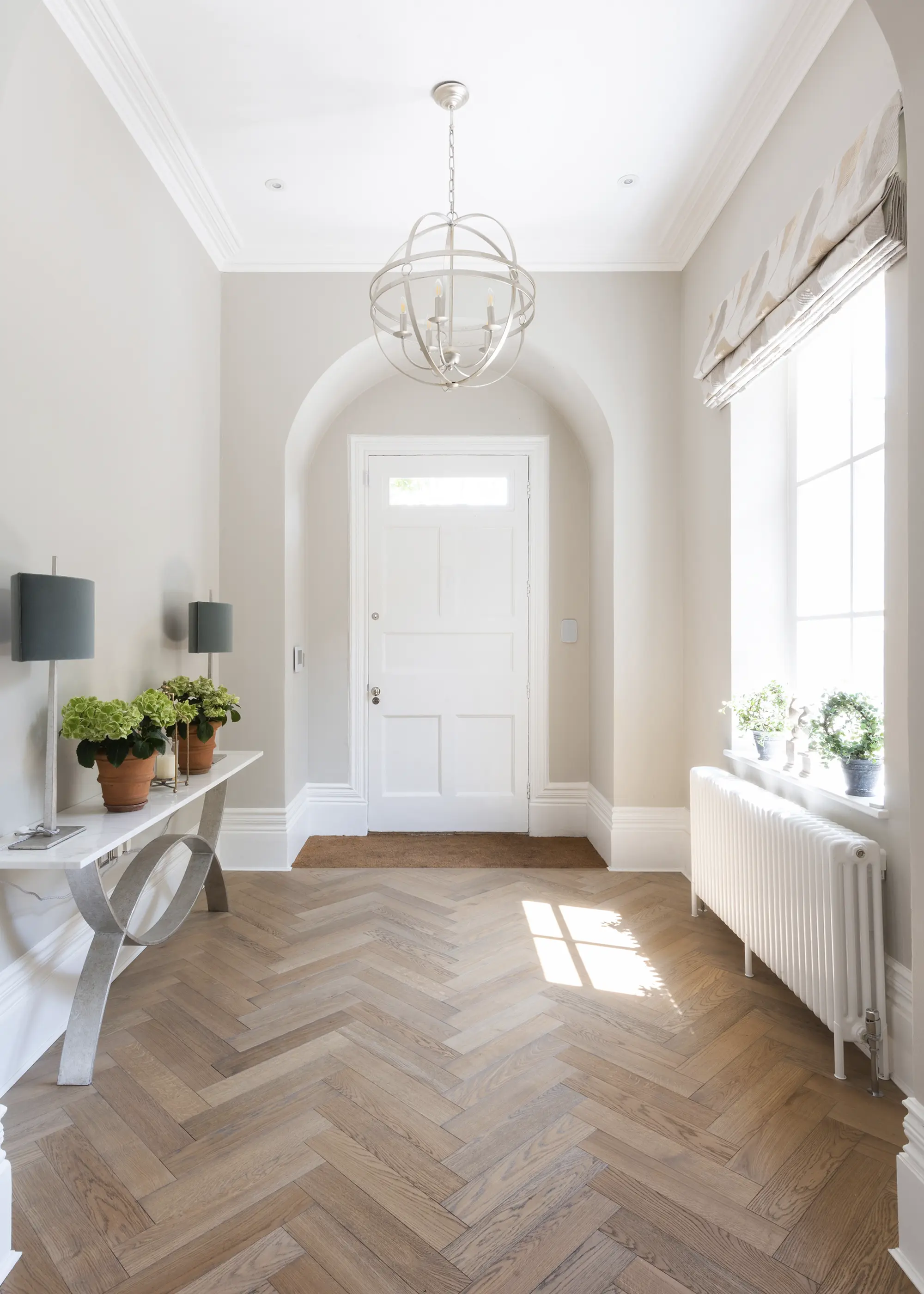
Featuring oak planks with a heavily brushed surface texture, this Vintage Grey Tectonic covering from Chaunceys Timber Flooring establishes a classic look
Wooden flooring works beautifully in kitchens, living areas, hallways and bedrooms. Though engineered solutions are more robust than solid planks, timber may not be the most practical choice for damp, humid zones like the bathroom – any wet patches would need to be mopped up immediately to prevent damage.
“While cheap materials can be found on the internet, it’s worth noting that you generally get what you pay for,” says Ian. “At the lower end of the market expect to pay £50m². These floors will typically have narrower widths, shorter lengths and be thinner in depth. The high-quality market starts upwards of the £80 per m² mark, rising to £250 per m². These will be more substantial planks.”
Laminate Flooring
This type of flooring is an affordable and versatile option that can replicate the look of wood, stone or tiles. Laminate is a popular choice for living areas, bedrooms and hallways and, much like vinyl, offers simple maintenance, while acting as an excellent barrier against drafts and sound. It’s typically made up of a high-density fibreboard core, topped with a protective, moisture-resistant coating.
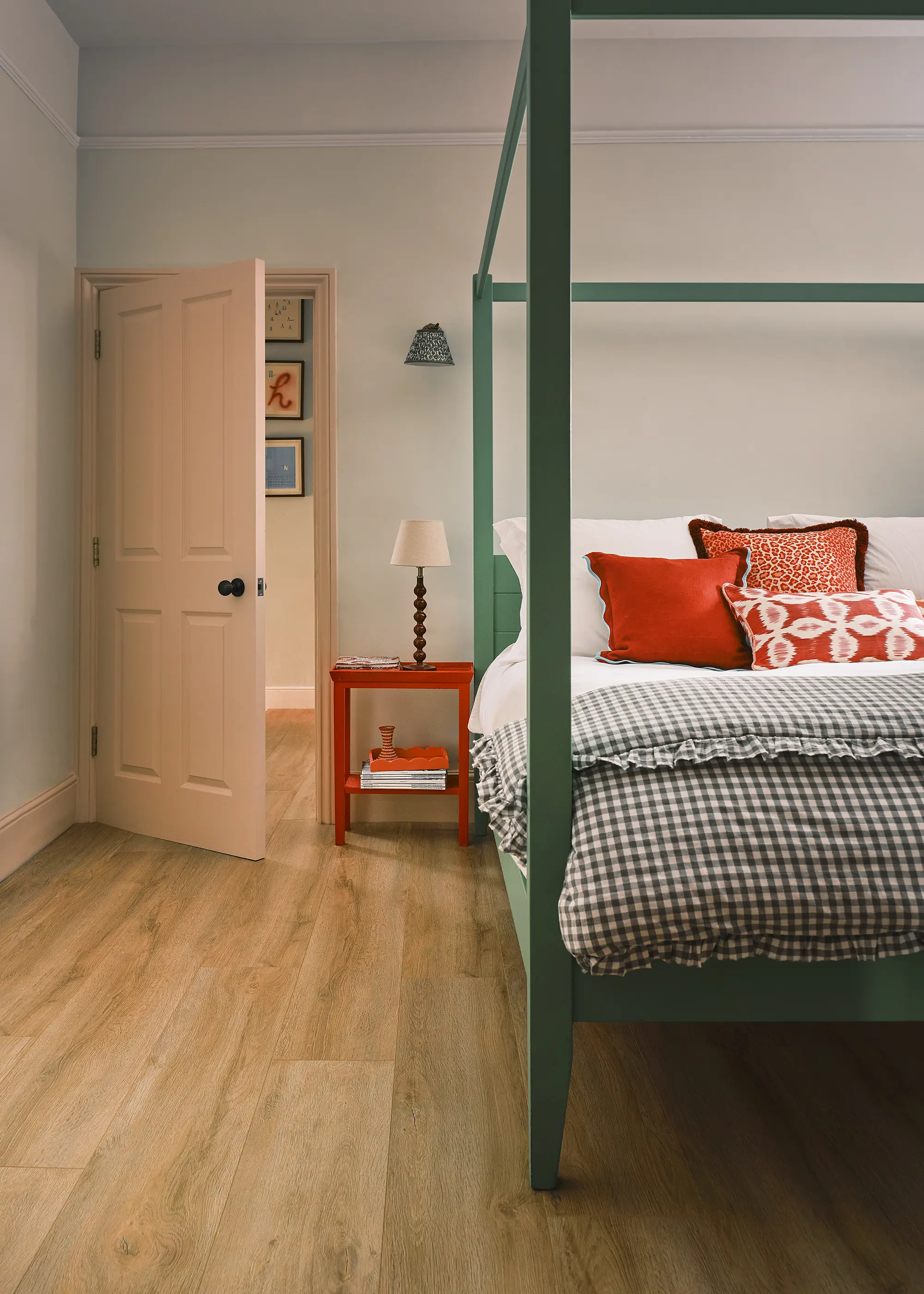
The Premoda Assinboine Conwy from The Floor Room is a light and bright wood-effect option
Laminate isn’t as durable as some flooring options, but is quick and easy to lay without the need for waxing, polishing or sealing. Pay attention to the thickness and AC wear rating, which indicates its durability and suitability for different areas.
Marble Stone Flooring
Known for its unique veining and timeless appeal, marble can bring a refined elegance to your spaces. This type of flooring is well-suited for installation in bathrooms, entryways and kitchens – but since this is a natural stone with high porosity, it requires sealing and careful maintenance to protect against stains and moisture ingress. “Natural stone flooring requires sealing prior to laying and again once laid. Further applications will be required throughout its lifetime, but this will provide longevity way beyond the life of the home,” says Ben Willis, a tile specialist from Willis & Stone.
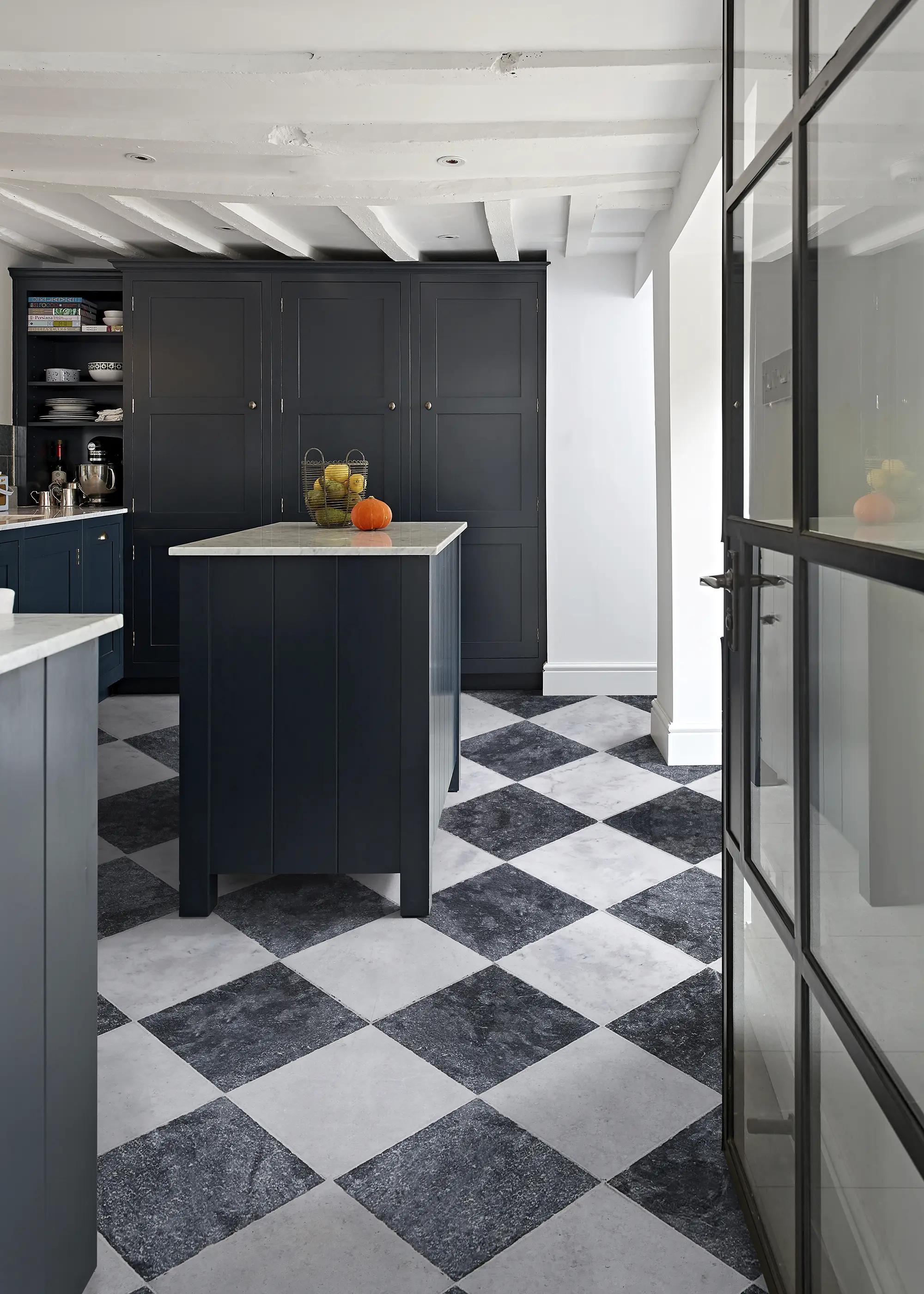
These Long Island white marble tiles in a tumbled finish from Ca’Pietra cost £124.50 per m² and offer a soft, lived-in look. They’re paired with the black Kendal tiles at £125 per m², to create this classic checkerboard design
For best-looking results with marble flooring options, keep on top of spills and only use a mild detergent to gently clean your tiles. A stunning solution for both modern and heritage-style homes, choose between a polished finish for a sleek, glossy look, or opt for a honed option with a matt appearance.
Limestone Flooring
Oozing natural elegance and timeless appeal, traditional limestone flooring is well-suited to kitchens, bathrooms and hallways. The material’s unique, rustic patterns and earthy tones add a touch of sophistication to a range of home design schemes.

This stunning neutral design with soft beige and grey undertones is a great option for both interior and exterior floors. From Quorn Stone, Dijon tumbled limestone tiles start from £42 per m²
Limestone is a hard-wearing material but may requiring sealing to protect against stains and moisture – especially in busy spaces. When specifying this type of flooring, consider the level of maintenance required to retain the look and feel you want. Regular cleaning and sealing can help preserve its beauty and longevity, making limestone a practical flooring option for those seeking a natural stone surface packed with character.
Terracotta Tiles
Exuding rustic charm and warmth, this flooring option is ideal for kitchens, dining areas and outdoor spaces. Made from natural clay, terracotta tiles are kiln-fired to achieve their characteristic reddish-brown hue.

These Malborough Terracotta Brick tiles by Ca’Pietra provide a welcoming and earthy look. They’re available in multiple shapes and sizes from £78 per m²
Terracotta types of flooring are innately porous and require periodic sealing to prevent stains, avoid moisture absorption and enhance durability. Look out for anti-slip ratings and the available finishes. Matt options offer a subtle finish, while rough, textured surfaces are great for adding depth to your scheme.
QUICK GUIDE How to get ahead with planning your flooringWhatever types of flooring you choose to kit out your home, it’s wise to research the flooring options early in the design phase of your project. One of the main reasons for this is so you can calculate the depth of the floor structure on the ground floor and upper level of your home. You’ll need to factor in boarding, insulation, screed, coverings and ceiling plasterwork – not to mention underfloor heating, if you’re installing it. Getting this detail right is important for creating a level threshold between different spaces, such as bedrooms and bathrooms, or if you want a flush finish that runs from your kitchen-diner through to the outdoor patio. You’ll also need to incorporate a suitable subfloor structure that sufficiently supports your flooring of choice. Errors at this stage could result in uneven or even springy floors that require expensive remedial work. For instance, if you opt for a natural stone floor the weight of the tiles calls for a robust subfloor to support the extra load. Installing an inadequate structure beneath your stunning limestone tiles could lead to cracking and structural damage over time. |
Porcelain & Ceramic Floor Tiles
Although these tiles tick a lot of important boxes when it comes to specifying types of flooring for your self build, it’s important to know the differences between the two materials when you’re looking for a product.
Porcelain is a denser material that’s fired for longer at a higher temperature, making it more hardwearing and less likely than ceramic to chip or crack. However, that does mean the latter is easier to cut during installation.

This ornate design from Lapicida expertly replicates the look of Italian white marble slabs, with gold and grey veining for plenty of wow factor. These Massa D’Oro Bookmatch porcelain tiles are a high-end replica of Calacatta Oro marble, priced at £322.80 per m². The company’s marble-effect designs start from £40-£60 per m²
Not only are both porcelain and ceramic tiles available in a plethora of styles, colours and finishes, many of which mimic natural materials like wood and stone, but they’re among the most low-maintenance options out there as they don’t require re-sealing. They’re waterproof, slip-resistant and are a fantastic partner for UFH, too. Remember to consider the tile finish, though. “Matt is the most robust option as it won’t stain, scratch or discolour over time,” says Jo Oliver-Singh, director at Stone & Ceramic Warehouse. “Polished surfaces can incur fine, unwanted scratches over time.”
Thanks to these positive attributes, porcelain and ceramic tiles work well in most rooms throughout the home, though they’ll suit kitchens and bathrooms better as they require a hard-wearing, waterproof solution.
“As with everything, prices can vary hugely with tiles,” says Jo. “Our starting point for an entry-level high-quality porcelain tile is around £40 per m². Depending on the graphics, type of porcelain and tile size, prices can go all the way into the £100s per m².”
Polished Concrete Flooring
Polished concrete flooring is a high-end option and is the perfect choice if you’re keen to establish an ultra-modern, industrial aesthetic – but it doesn’t come cheap, typically sitting at £100+ per m². On the plus side, it’s incredibly hardwearing and water resistant, making it ideal for kitchen-diner zones and bathrooms.
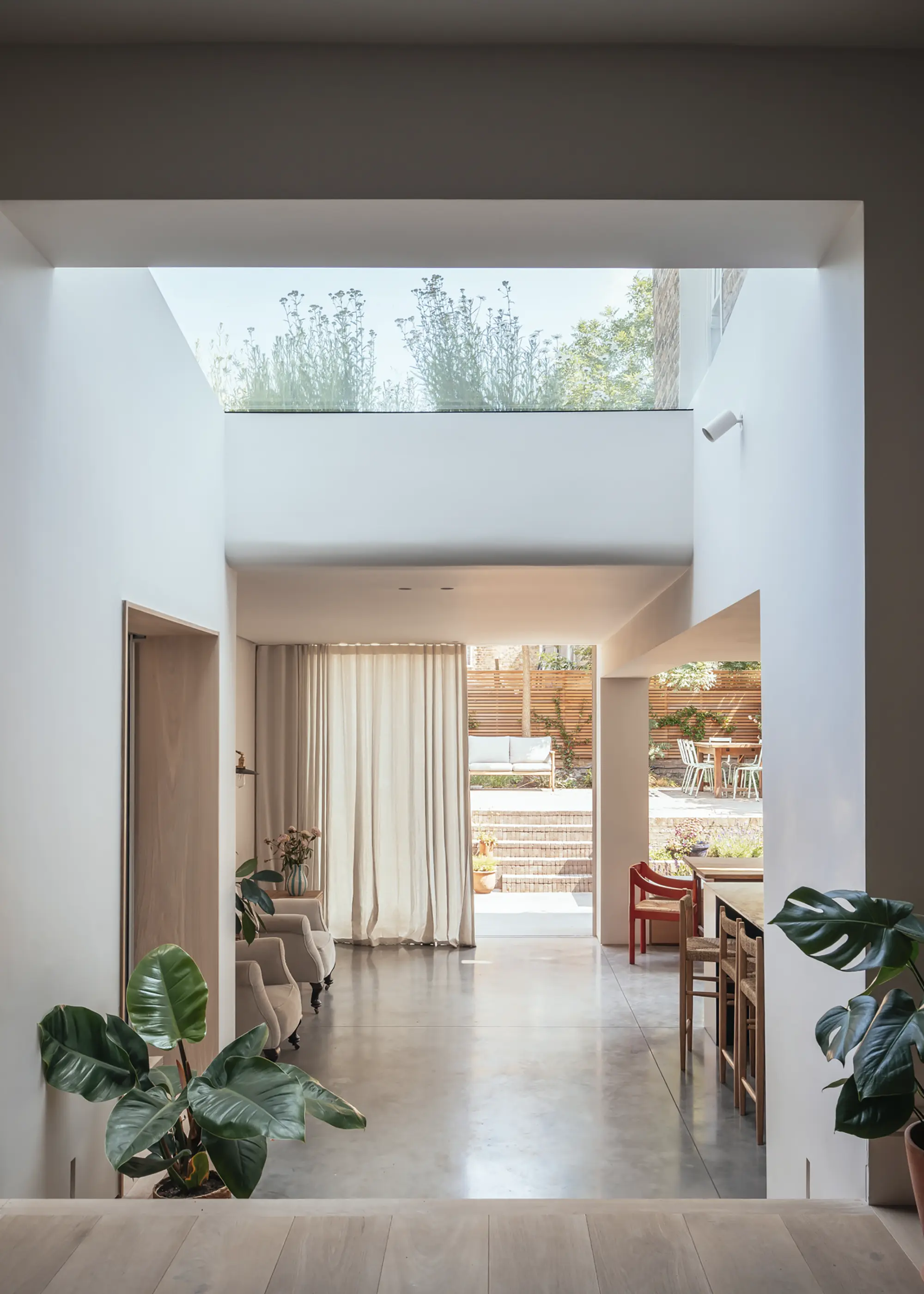
Oliver Leech Architects have transformed this Victorian house, set within a conservation area in Herne Hill. As part of the home’s extension and interior redesign, the architects specified polished concrete flooring from Steyson Concrete Flooring, which is carried from the kitchen-diner out to the patio for a seamless look that connects the indoor and outdoor spaces. Photo: Jim Stephenson
It works beautifully in open-plan areas thanks to its ability to create a cohesive, unified transition between spaces. Due to the high thermal mass of the material, underfloor heating is an excellent partner to a concrete floor, which will hold onto warmth for a long time. To achieve a high-quality and lasting finish, any concrete floor should be poured and polished by a professional.
Vinyl Flooring Options
If it’s colour and personality you want, incorporating a vinyl floor provides a cost-effective, easy to clean and low-maintenance solution. Made from a synthetic petroleum-based material, this option is water-resistant, making it ideal for bathrooms and kitchens. However, its ability to mimic the natural appearance of wood and stone flooring makes high-quality vinyl tiles a suitable covering for hallways and entrance areas, too.
Luxury vinyl tiles (LVT) tend to be more hardwearing than vinyl that comes in sheet form, which isn’t as well-suited to busy areas of the home that’ll receive heavy footfall.

The Terracotta Mosaic range of striking patterned vinyl tiles from Flooring Superstore adds instant personality to this kitchen. Priced at £9.99 per m², the tiles also offer excellent slip resistance
It’s also worth bearing in mind that vinyl offers a shorter service life than natural materials like wood and stone – if fitted and maintained properly, you can expect it to last between 10 and 20 years. If you’re installing underfloor heating, always check your manufacturer’s guidance to ensure the vinyl product you’ve chosen is suitable.
There’s a vinyl solution available to suit most budgets, though you’ll get what you pay for when it comes to the quality and longevity. According to Checkatrade, the average cost of vinyl flooring solutions ranges between £10 and £40 per m².
Carpet Flooring
The plush, velvety feel of carpet means it’s a great finish for bedroom floors, though hardwearing products are strong contenders for living rooms, dining areas and hallways because they can stand plenty of wear and tear.
A high-quality product can last for up to 20 years. Plus, this solution serves as an excellent heat and sound insulator. If you have little ones at home, the soft feel of carpet can help cushion bumps and falls, too. Another advantage is that carpet also works alongside UFH – providing you choose the correct underlay, and the combined tog value of the carpet and underlay layer doesn’t exceed 2.5 for optimal performance.
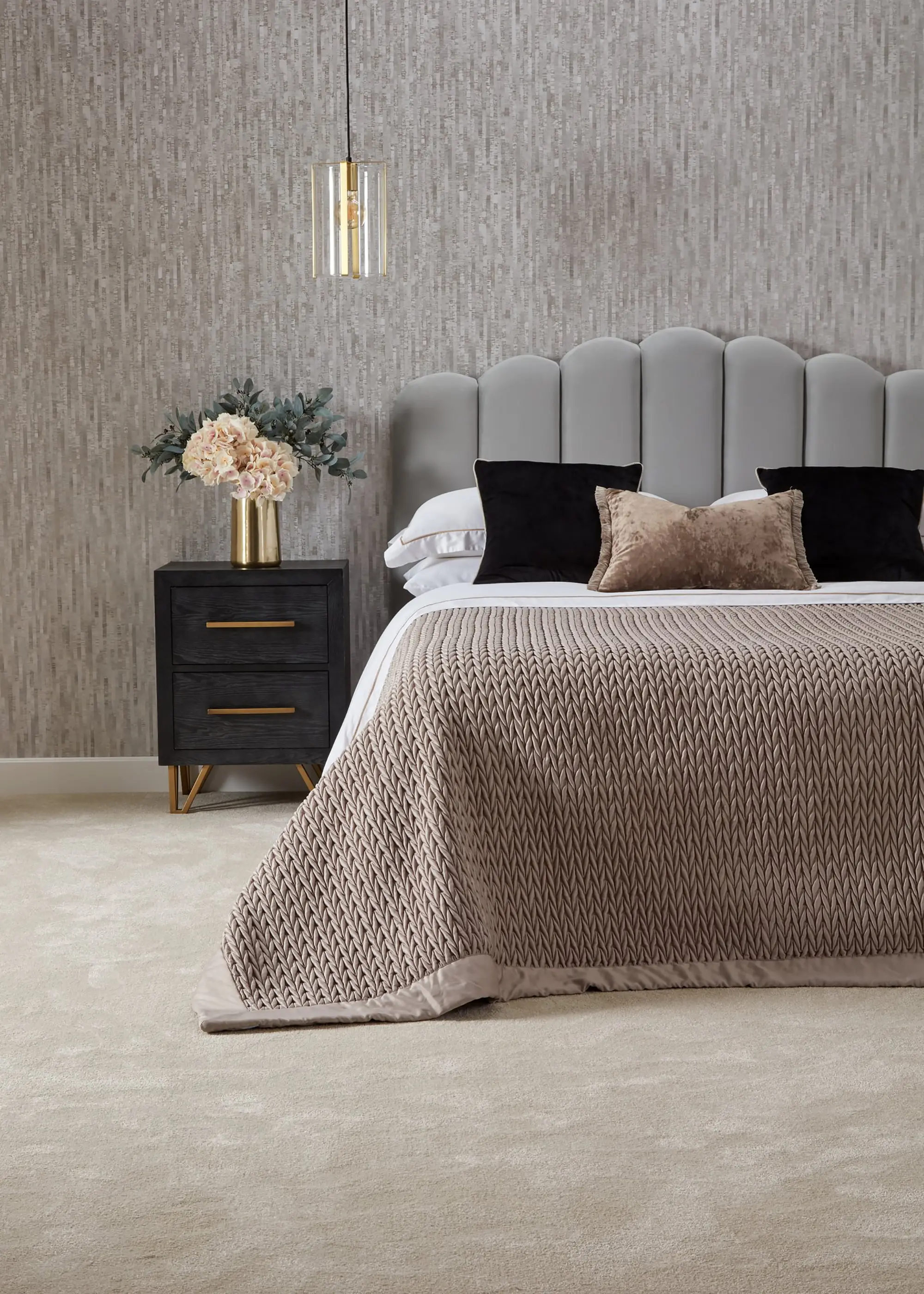
Made from 100% polypropylene, this twist-pile solution from Tapi Carpets is both durable and easy to clean. Pictured here in Sand, the Long Beach range comes in an array of colours, from fresh blue to elegant green
There are numerous options in terms of this type of flooring’s colour and pattern, through to pile type (how the loops of fibre attach to the backing) and material. Wool is the traditional choice, but natural materials like sisal, coir and jute will enhance your home’s green credentials. Nylon and polypropylene are more low-maintenance, however.
You’ll find carpet flooring options available at various different price points, with manmade options sitting at the cheaper end of the spectrum, starting at approximately £10 per m². For something more luxurious such as 100% wool, expect to pay upwards of £40 per m².
Cork Flooring
Offering a unique blend of comfort, sustainability and natural beauty, cork is a great eco-friendly flooring option that’s ideal for living rooms, bedrooms and home offices. Manufactured from the bark of cork oak trees, it’s available in a range of shades and laying patterns – much like timber flooring – but with a soft, cushioned surface that’s comfortable to walk on and has natural insulating properties.

This rich, chocolate brown design from Recork is made using responsibly sourced natural cork. Una in Kimono Brown starts from £51.90 per m²
This helps to reduce noise and retain heat. You can select the finish and thickness depending on the level of durability and water resistance you require in your chosen space. Regular sealing will enhance its longevity, making cork a versatile and environmentally conscious choice.




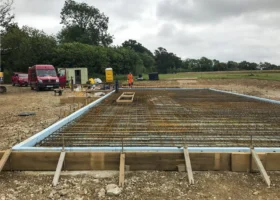


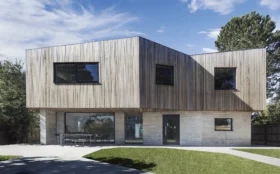





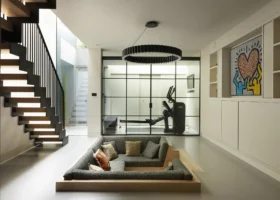
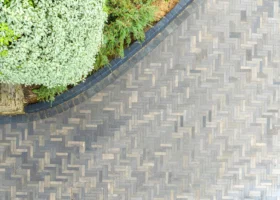











































































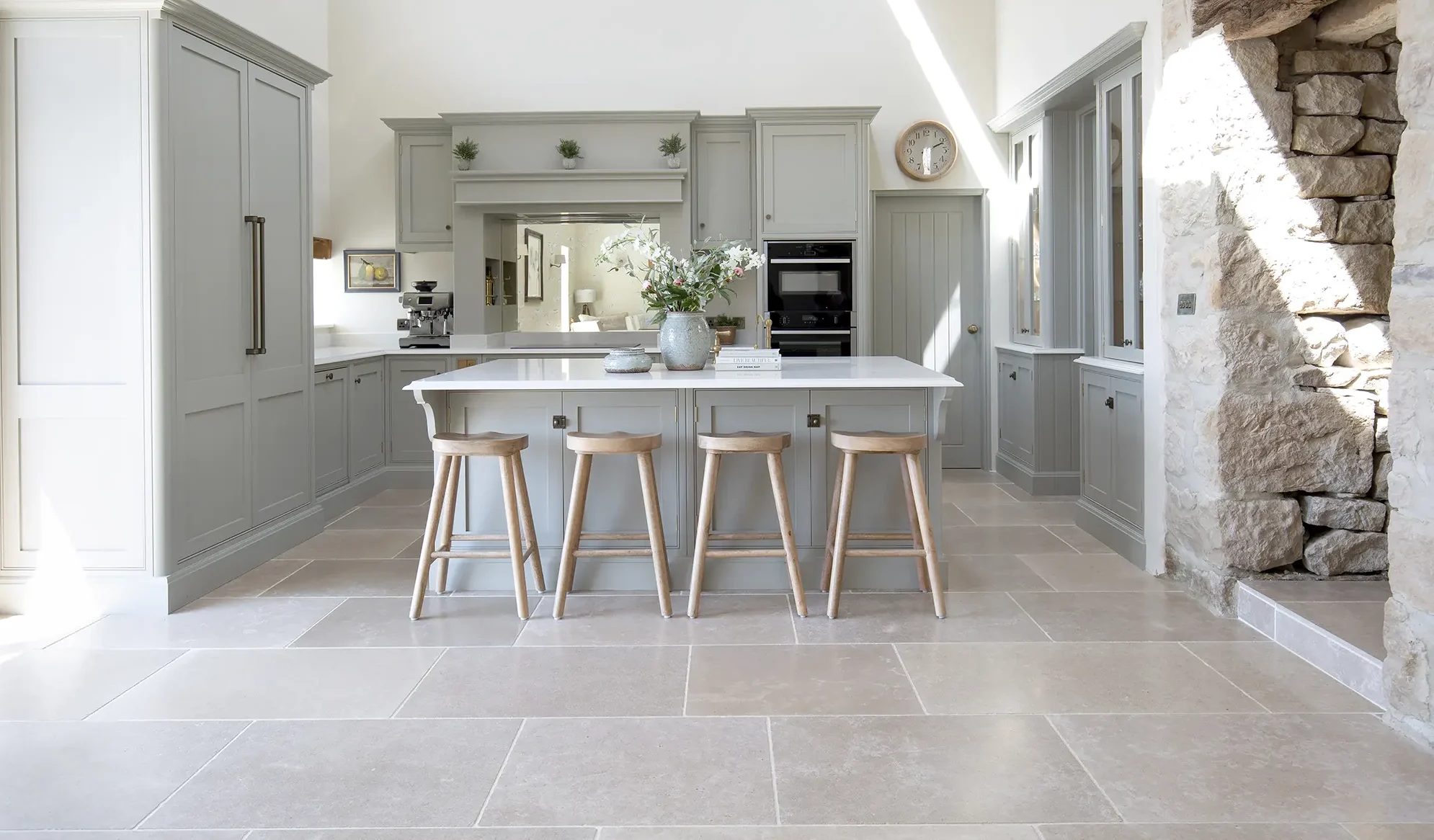
 Login/register to save Article for later
Login/register to save Article for later


